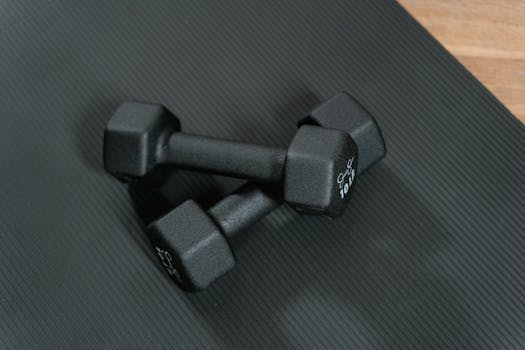
Introduction to Strength Training

Strength training is a vital component of fitness that involves using resistance to build muscle strength and endurance. For beginners, starting a strength training routine at home can be both effective and convenient. This guide will walk you through essential exercises, tips for setting up your home gym, and safety precautions to ensure you get the most out of your workouts.
Benefits of Strength Training at Home

One of the primary advantages of strength training at home is the flexibility it offers. You can work out at your own pace and schedule. Additionally, strength training helps build muscle, reduce body fat, improve bone density, and boost metabolic rate. Whether you’re looking to tone up, lose weight, or increase strength, incorporating strength training into your routine can provide significant health benefits.
Essential Equipment for Home Workouts

While you can perform bodyweight exercises without any equipment, having a few basic tools can enhance your strength training routine. Consider investing in:
- Dumbbells: Versatile and perfect for various exercises.
- Resistance Bands: Great for adding resistance without heavy weights.
- Exercise Mat: Provides comfort and stability during workouts.
These items are relatively inexpensive and can be stored easily, making them ideal for home workouts.
Beginner-Friendly Strength Training Exercises

As a beginner, it’s crucial to start with fundamental exercises that focus on major muscle groups. Here are a few effective movements:
- Squats: Great for legs and glutes.
- Push-Ups: Targets the chest, shoulders, and triceps.
- Planks: Excellent for core strength.
- Lunges: Works the legs and improves balance.
Start with 2-3 sets of 8-12 repetitions for each exercise, gradually increasing as you become more comfortable.
Safety Tips for Strength Training

Safety should always be a priority when strength training, especially at home. Here are some tips to keep in mind:
- Warm-up before your workout to prepare your muscles.
- Focus on form to avoid injuries and maximize effectiveness.
- Listen to your body; if something feels wrong, stop and rest.
- Gradually increase weights or resistance to prevent strain.
By following these guidelines, you can enjoy a safe and effective strength training experience at home.






